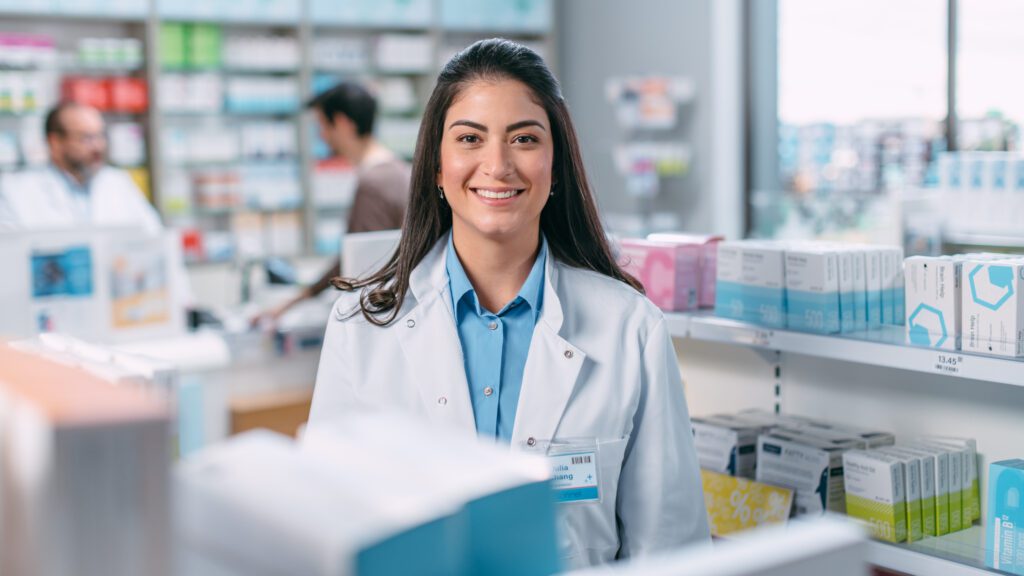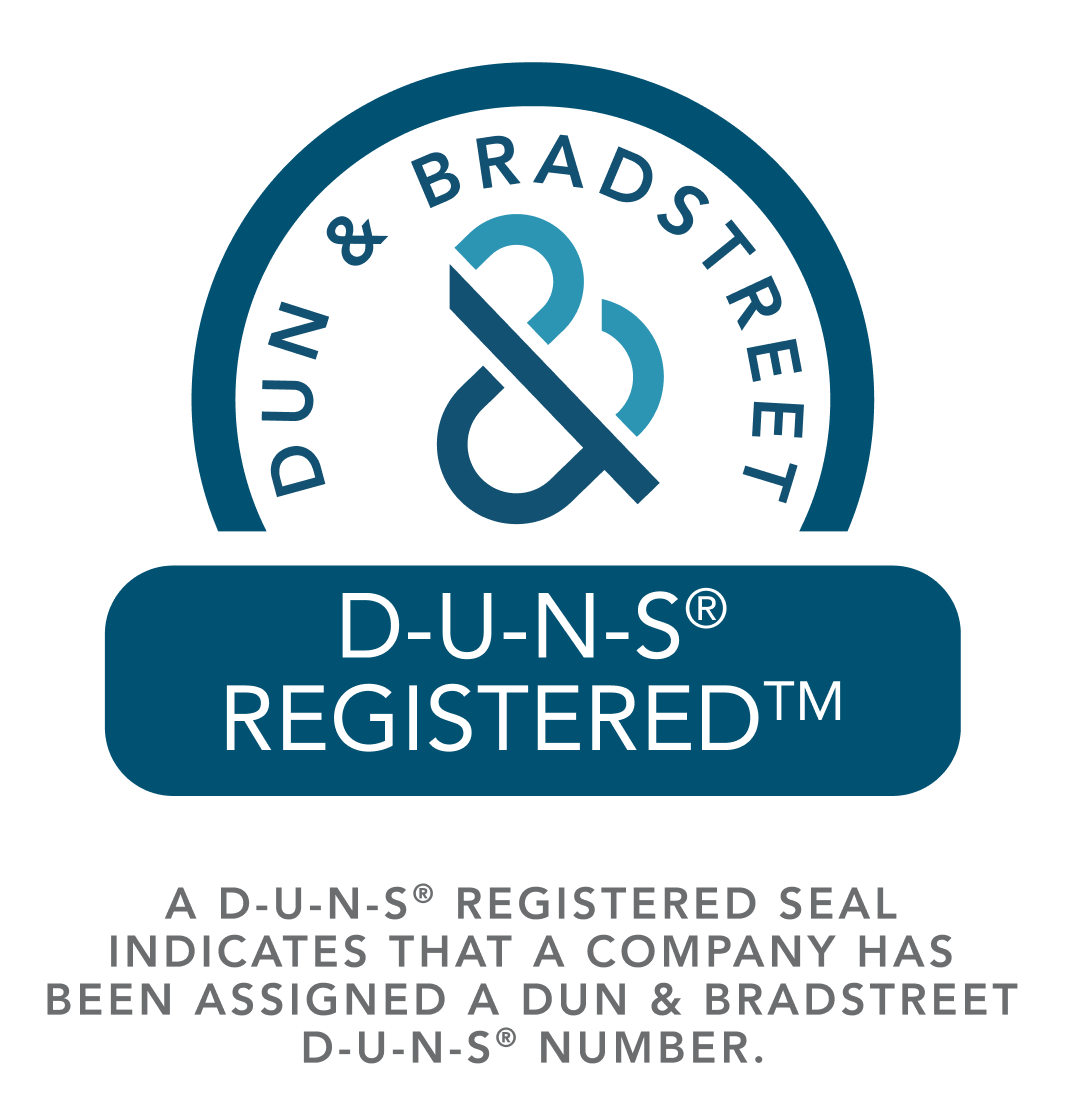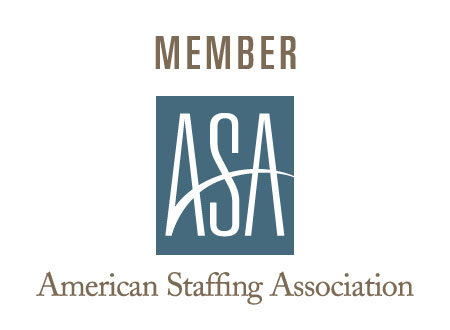The United States presents a wealth of opportunities for foreign-trained pharmacists like you, offering the chance to expand your professional horizons, gain access to cutting-edge healthcare systems, and build a rewarding career. However, the path to licensure and employment in the U.S. is multifaceted, requiring you to navigate a series of rigorous steps. From credential evaluation and licensing exams to practical experience and securing a job, each stage demands careful preparation and strategic planning.
This guide breaks down the entire process, equipping you with the knowledge and insights needed to meet the requirements and successfully transition into the U.S. workforce.
Step 1: Verify Your Credentials
Before practicing as a pharmacist in the U.S., you must have your credentials evaluated by the Foreign Pharmacy Graduate Examination Committee (FPGEC), a division of the National Association of Boards of Pharmacy (NABP). This process ensures that your education is equivalent to U.S. pharmacy standards. Key components of this step include
- Submitting proof of pharmacy education (degree, transcripts, and licensing documents).
- Demonstrating English proficiency through the Test of English as a Foreign Language (TOEFL iBT).
Once you’ve created an NABP e-Profile and submitted all required documents, you may proceed to the equivalency exam.
Step 2: Pass the Foreign Pharmacy Graduate Equivalency Examination (FPGEE).
Once your credentials are verified, the next step is passing the FPGEE, a comprehensive exam that assesses your knowledge of pharmaceutical sciences, clinical pharmacy, and pharmacy law. The exam is administered twice a year and is a critical milestone in the licensure process.
Step 3: Complete the Internship Requirement
Most U.S. states require foreign-trained pharmacists to complete an internship before becoming fully licensed. The number of required hours varies by state, typically ranging from 500 to 1,500 hours. This supervised work experience helps pharmacists gain familiarity with U.S. pharmacy practice, regulations, and patient care standards.

Step 4: Pass the North American Pharmacist Licensure Examination (NAPLEX) and the Multistate Pharmacy Jurisprudence Examination (MPJE).
After completing the internship, you must pass two key licensure exams:
NAPLEX
The NAPLEX is a national exam that tests your knowledge of pharmacy practice, medication therapy, and patient care. It is administered by the National Association of Boards of Pharmacy (NABP) and consists of 225 multiple-choice questions. The exam is computer-based and lasts six hours. It focuses on ensuring safe and effective medication use, preparing and dispensing medications, and managing pharmacy operations. To pass, you need a scaled score of 75 or higher. There is no penalty for incorrect answers.
MPJE
The Multistate Pharmacy Jurisprudence Exam (MPJE) assesses your understanding of pharmacy laws and regulations at both the federal and state levels. It is also administered by NABP and varies by state, meaning you may need to take multiple exams if you plan to practice in different states. The test includes 120 multiple-choice questions, with 100 being scored. It is a computer-based exam that lasts 2.5 hours and covers topics such as pharmacy laws, licensing requirements, and professional responsibilities. Like the NAPLEX, you need a score of at least 75 to pass.
Step 5: Obtain State Licensure
After passing the NAPLEX and MPJE, the next step is to apply for a pharmacist license in the state where you plan to work. Each U.S. state has its Board of Pharmacy, which sets specific licensure requirements. You must submit an application to the state board, along with proof of passing scores and any required fees.
Some states may have additional requirements beyond the exams. These can include background checks, fingerprinting, additional coursework, or even state-specific practical exams. It’s important to check the exact requirements on the website of the state’s Board of Pharmacy to ensure you complete all necessary steps. Once approved, you will receive your pharmacist license and can legally begin practicing in that state.
Step 6: Secure Employment as a Pharmacist
Once licensed, you can start applying for pharmacist positions. Many foreign-trained pharmacists find opportunities in
- Retail pharmacies (e.g., CVS, Walgreens, Walmart)
- Hospital and clinical settings
- Research and pharmaceutical industries
- Regulatory and public health sectors Networking with other professionals, attending job fairs, and using online job boards can help you find suitable positions.
For a faster and more efficient job search, Verovian Pharmacy Recruitment Agency is your trusted partner in securing the right pharmacy role. We specialize in connecting pharmacists with top employers in the retail, hospital, and pharmaceutical sectors. With our expertise and industry connections, we streamline the job search process, ensuring you find a position that aligns with your skills, experience, and career aspirations. Register with us today and let us help you take the next step in your pharmacy career with confidence.
Step 7: Consider Residency or Specialization
If you wish to advance your career further, completing a pharmacy residency or earning specialized certifications in areas such as oncology, critical care, or pharmacotherapy can enhance your job prospects and earning potential.
Conclusion
Becoming a licensed pharmacist in the U.S. as a foreign-trained professional requires dedication, but it is a rewarding path that opens doors to numerous career opportunities. By following the necessary steps—from credential evaluation to licensure and employment—you can successfully transition into the U.S. healthcare system and build a fulfilling career.





